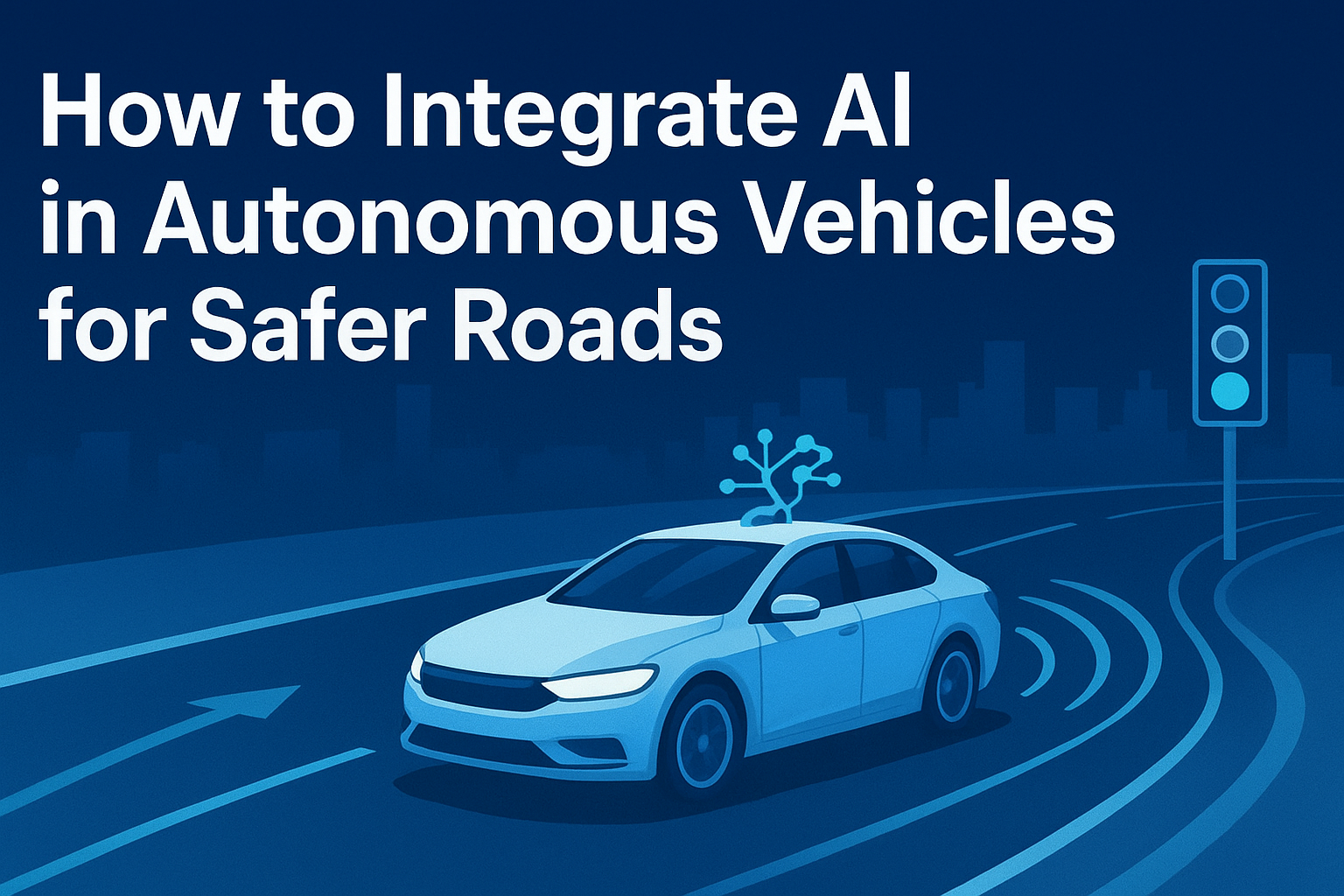Understanding the Role of AI in Autonomous Vehicles
When you talk about autonomous driving, AI is the brain behind the wheel. It powers perception systems, decision-making algorithms, and real-time navigation. By integrating AI, self-driving cars can detect pedestrians, avoid collisions, and adapt to unpredictable road conditions faster than human reflexes.
Key Areas Where AI Enhances Road Safety
-
Computer Vision: Cameras and sensors feed AI models to recognize traffic lights, lane markings, and road hazards.
-
Predictive Analytics: Machine learning predicts the behavior of nearby vehicles, helping reduce sudden accidents.
-
Driver Assistance Systems: Even in semi-autonomous cars, AI alerts drivers about drowsiness, blind spots, or emergency braking.
-
V2X Communication: AI enables cars to talk with other vehicles and infrastructure, sharing traffic updates in real-time.
Steps to Successfully Integrate AI into Self-Driving Systems
-
Data Collection & Training – Gather massive datasets from road environments to train AI models.
-
Simulation Testing – Use AI-powered simulators to test countless driving scenarios before deployment.
-
Edge Computing – Process data directly within the car for instant decisions without cloud delays.
-
Ethical & Safety Protocols – Build transparent AI systems that follow traffic laws and safety-first programming.
Benefits of AI for Safer Roads
-
Reduced human error accidents
-
Faster response times in emergencies
-
Improved traffic flow and reduced congestion
-
Enhanced trust in next-generation mobility
The Future of AI in Autonomous Mobility
The more AI evolves, the more roads become predictable, efficient, and secure. As governments set new safety regulations, automakers will lean heavily on AI to ensure vehicles meet global safety standards. Eventually, fully autonomous fleets could reduce traffic deaths by a significant margin.
